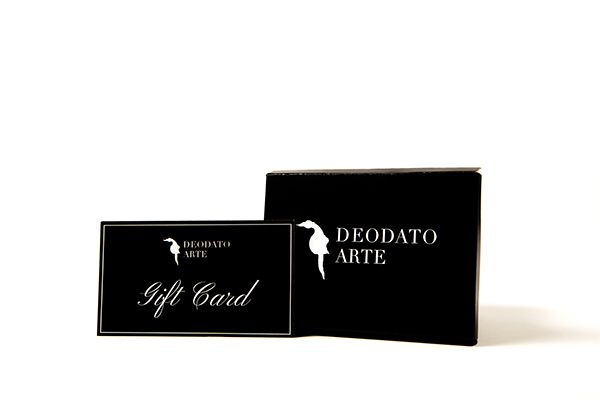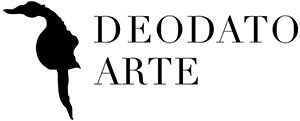
A meeting place par excellence for galleries and collectors, art fairs have always played an important role in the art market. A unique opportunity provided by the fairs, is to bring together gallerists from all over the world in one place and for a limited period of time to exhibit the works of their artists, reaching a wider audience. To understand the importance, just think that on an economic level the fairs alone move about 45% of the total art market.
The Covid-19 health emergency has been a severe blow for the sector and several art fairs have suffered the crisis, sometimes being forced to permanently close part of their activities or rethink their business. This is the case, for example, of Affordable Art Fair, the accessible art fair that had to close the Milan branch permanently. Or the ArtBasel colossus that had to find new investors to heal its losses.
But if almost all the physical events of the year were cancelled, the situation pushed towards a "forced digitalization" and those who decided not to give up had to rethink their business by launching themselves into online and virtual reality.
Online Vs Offline: A new way of looking at art
Let's face it: seeing an artwork from your computer screen will never be like admiring it live. The aura of magic and uniqueness that surrounds the work of art can never be transmitted one hundred percent digitally, even with the most sophisticated virtual reality systems.
But if we put aside criticisms and prejudices it seems clear how this has been (and will still be) the only way for museums, galleries and not only to continue to make their artworks accessible to the public. Technology is a great ally: it is now possible to think of a virtual exhibition that not only shows us the works in full HD, but also tries as much as possible to reconstruct the concrete experience of the visit, from the entrance to the gallery, to the walk in the rooms of the museum.
Virtual Art Fairs

The phenomenon of Online Viewing Rooms (the stands of the galleries that now become virtual rooms) has not yet convinced one hundred percent and perhaps still lacks that something more that makes the technology more human and a more engaging experience.
Despite this, it is still a process in development and the positive aspects of the phenomenon should not be forgotten. This is the case, for example, of greater transparency on prices as well as greater accessibility. The Hong Kong edition of ArtBasel, for example, declared the presence of 250,000 visitors (online of course) against the 88,000 of the previous year, guaranteeing in fact the accessibility even to those who would never have been able to physically go to the place of the event.
Enthusiastic or disappointed we will have to live with the blockade of big events for a while longer and expect for the future more and more hybrid forms between physical and virtual event. In the hope that digital can add value to art and culture.











 Register
Register Wishlist
Wishlist Contact Us
Contact Us
